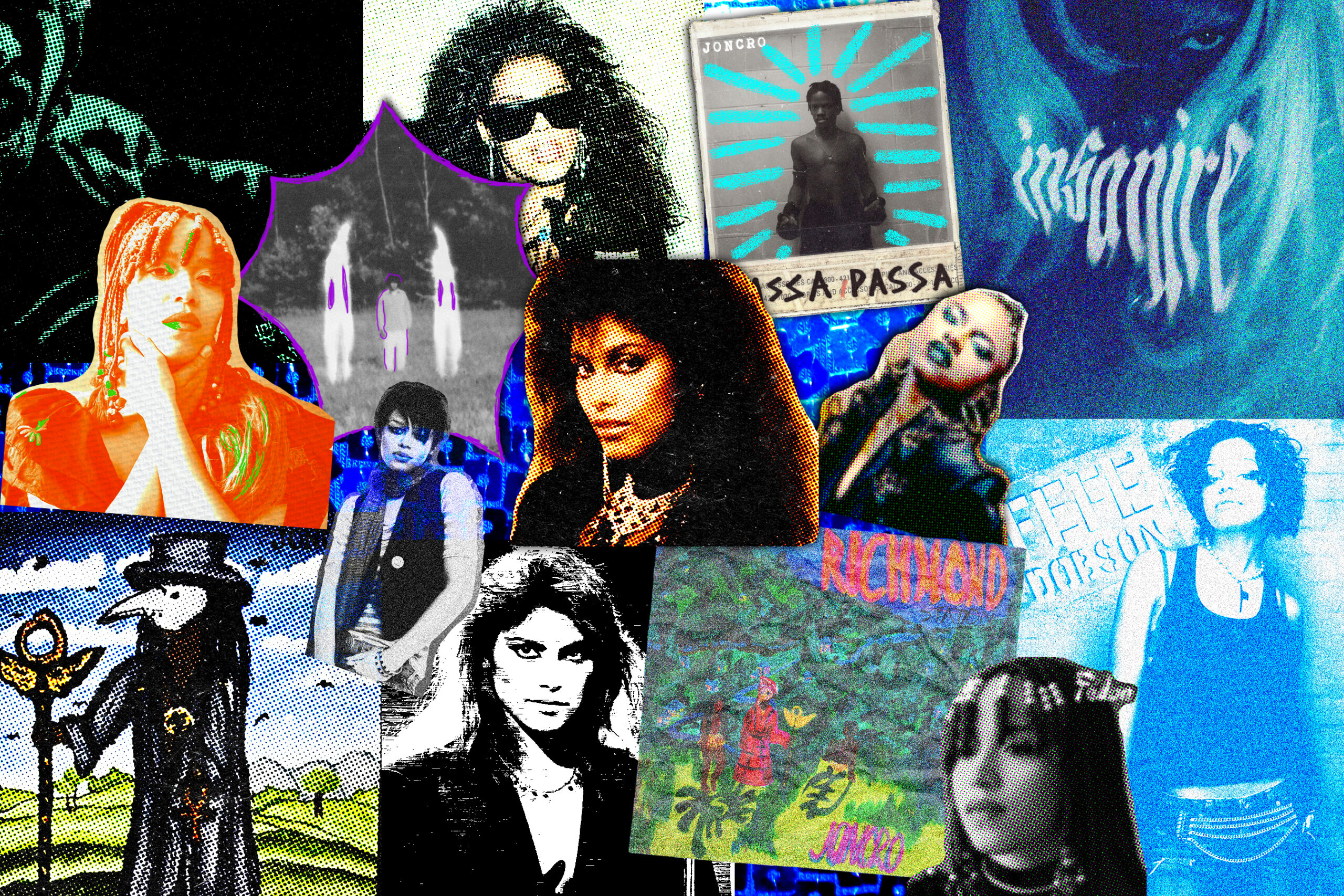They’re revoking my baptismal certificate for this one
By Ella Miller

As the old saying goes “and on the third day, He rose again and ascended… into debaucherous hilarity.”
Sailor Moon Super Scandalous: The Yassification of the Christ marks the third installment in Harjot Bal’s Sailor Moon parody series. Making its debut at the Toronto Queer Film Festival (TQFF), the film reworks the 1995 movie, Sailor Moon Super S.
Instead of being about an alien queen kidnapping Earth’s children, the movie is now about the Sailor Scouts defeating warrior of God and “ba-bortion” protester, Sister Karen and her plot to bring about the rapture by turning “pansexual Wiccan from the future,” Sailor Mini Moon, into a Christian.
After tackling queer relationships and womanhood in his previous two movies, Bal decided it was time to take on an underlying theme in both of those outings: religion, with the Catholic church providing forbidden fruit that was ripe and ready for picking.
This was a bold choice for the TQFF both because of how inflammatory the subject matter inherently is and because it prompts the audience to do some serious pondering in dangerous waters: ‘Is my COVID-19 vaccine chip actually a good thing?’; ‘What is the Catholic Church’s stance on edging?’; and ‘How long until Doug Ford realizes that his government helped fund this?’
Sailor Moon Super Scandalous: The Yassification of the Christ is firmly rooted in internet culture and the kind of dark humour that was bred on early-noughts anime forums and YouTube. It combines this with post-pandemic memes and musical cues from TikTok’s Hot 100 into a chaotic symphony that would be struck down by the YouTube copyright gods in a millisecond.
For me, though, the most obvious comparison was ADV’s notorious dub of Ghost Stories, wherein an innocent mystery show was turned into a filthy cult classic by the power of the greatest argument for dubs over subs of all time.
In the post-screening Q&A, Bal admits to being heavily influenced by the abridged series, but surprisingly, had never seen the Ghost Stories dub until after the first movie came out.
If you are aware of these properties and have gotten turned off by the comparison, that is understandable. Dark humour that relies on shock value and references to homophobia, dysfunctional relationships, drug use and extremism is not for everyone.
During my viewing of this film, however, I found the usage of this type of humour to be reclamatory and transformative.
So frequently we see ‘dark humour’ used as a Trojan horse for flat-out bigotry, but seeing a piece of media created by a queer person of colour at a grassroots 2SLGBTQAI+ event returns dark humour to a purer form: a tool to poke fun at power while confronting your own flaws.
This is where I get a little “um… actually☝️🤓”, so bear with me. As a certified veteran of Catholic school, I do tend to be a little more persnickety about the representation of Catholicism than most. Forgive me, Father, I want those six years of religion classes to mean something.
The Catholic Church does not actually use the “kiddie pool” style baptism the film repeatedly claims it does, among other factual inaccuracies (☝️🤓). However, anything about the sex scandals is accurate. Maddeningly accurate.
Sailor Moon Super Scandalous: The Yassfication of the Christ’s parody of ‘Catholicism’ probably would have been more accurate had it been directed at American Evangelicals and charismatic Christianity. Marjorie Taylor Gre- I mean, Sister Karen is the Republican party’s next presidential nominee, mark my words.
But, if my biggest complaint about your film is that the Catholic Church was not represented entirely accurately, which weakened the satire–uh… I guess I will take my rosary beads and cry myself to sleep in the confessional.
Aside from the Catholic Church villainy, the film contains many heartwarming subplots and affecting character arcs. And that is not a joke.
Tuxedo Mask comes to grips with the fact that he will never be the creatine-munching, crypto bro of Sailor Moon’s dreams. Tyler, the Content Creator, enters his drug experimentation era. Lesbian lovers Sailor Uranus and Sailor Neptune struggle with fertility treatments.
All of these plots may seem like one-off gags, but they are actually layered and possess multi-1000-word-essays worth of concepts tackling masculinity, scapegoating and 2SLGBTQIA+ parenting.
I would like to take a minute to boggle at the technical feats that this film accomplishes. This Sailor Moon parody series is just short of the most ambitious project in the realm of anime since the Rebuild of Evangelion while also being ten times more coherent (but somehow less gay).
Bal described his creative process during the Q&A as “a beast.” The film took him two months to write by himself. Writing the film involved Bal watching the original movie until his eyes bled (probably) and developing a story that both made sense and fit the lip flaps of the original Japanese.
Bal then coordinated a team of 17 different people to voice act which took an additional two to three months. None of these people were professional voice actors and that required some serious innovation to make at-home voiceover studios using closets and pillows.
So, while all credit for the animation remains with the talented artists at Toei Animation, every sound heard in the film, from the passionate magical girl cries to the farts, is a labour of love by the production team.
All of whom have their names displayed in the credits, accompanied by a song that really had me saying: …hey Siri, what song is this?
‘According to Spotify, “Hit My Spot” by ur pretty is a gay sex anthem about being submissive and breedable, would you like to know more?
Goddamn this movie.
Sailor Moon Super Scandalous: The Yassification of the Christ is available in its entirety on Instagram @sailormoonparody.




